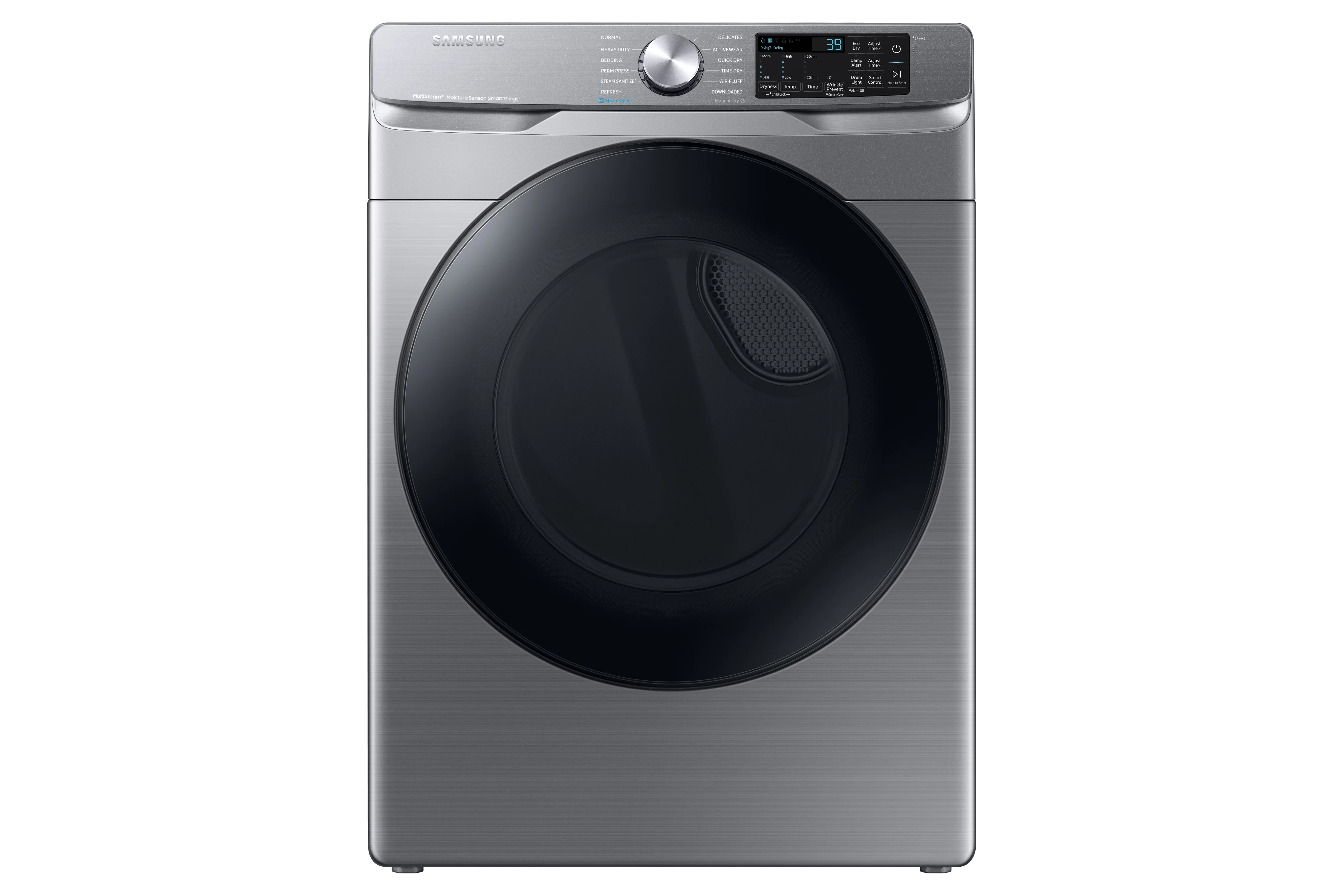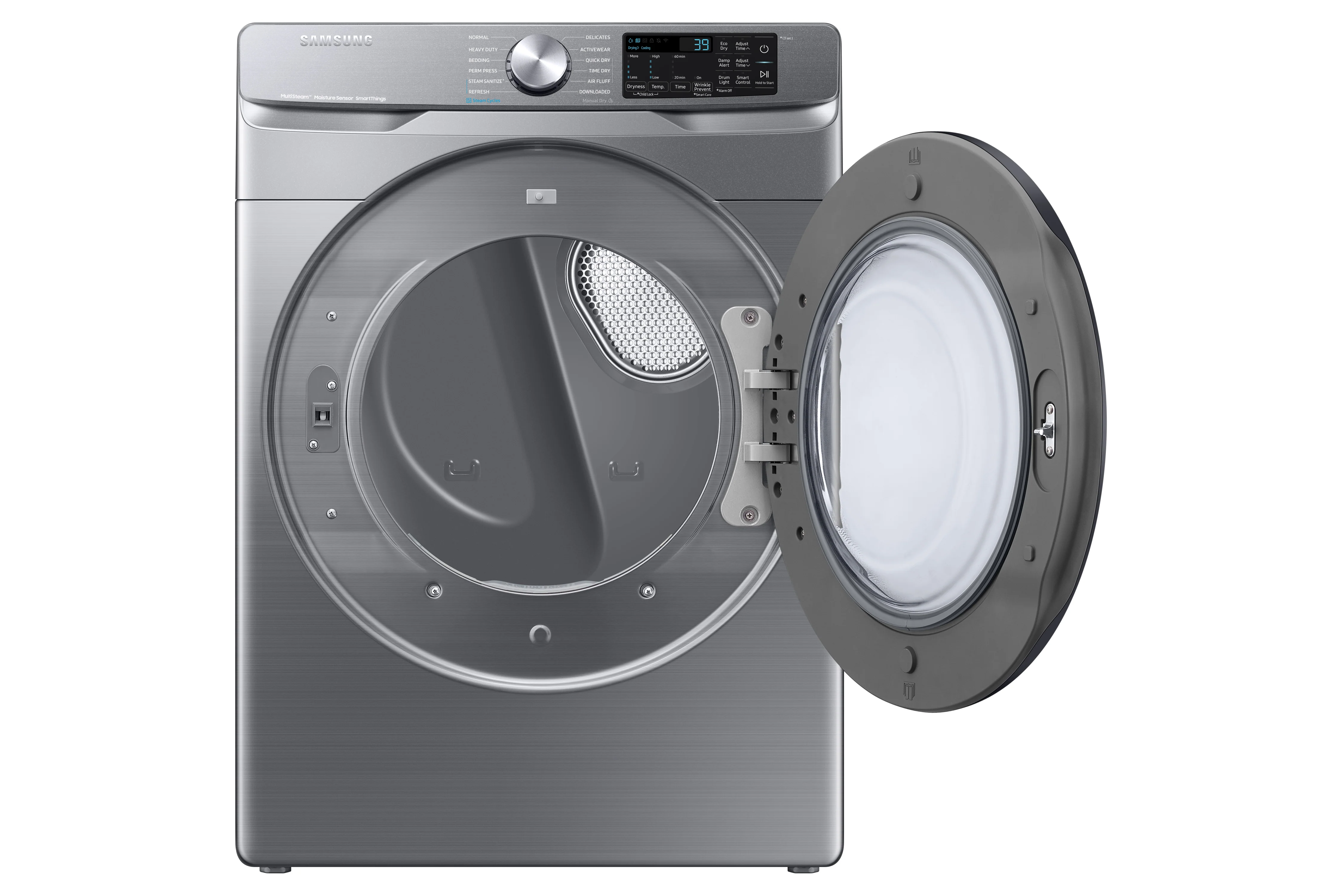Like any other kitchen appliance, your ventilation system or hood needs periodic cleaning. It keeps your kitchen air clean by sucking out all that smoke, grease, and smell. A clean kitchen hood will not only ensure you breathe clean air but will also prevent fire hazards. This applies to both domestic and commercial kitchens, no matter how big or powerful the ventilation system is. So, if you don't remember when you last cleaned your range hood, then now is probably the time to do it. This article will delve deeper into all the facts related to cleaning and maintaining your kitchen hood, along with some life-saving hacks to keep this ventilation system brand new for years.
In this article, we’ll cover:
Regardless of the size of your kitchen and how often you cook in it, the vent hood should be cleaned and maintained. There is a reason you installed this appliance, and if it doesn't perform optimally due to the accumulation of dirt and grease, then it is a bad investment. Moreover, a clean vent hood that undergoes routine maintenance can drastically reduce the risk of fire hazards in the kitchen.
The dirt and grime accumulated in the filter and duct become a breeding ground for microbes and bacteria if not cleaned periodically. A clogged vent system fails to remove all grime and smells from the kitchen, impacting not only your health but the quality of the food you are cooking. For commercial or community kitchens, this is a crucial step to stay compliant with the fire safety code and avoid your business being penalized. Proper cleaning will prevent stubborn grease buildup in the hood and prolong the exhaust system's life.
How Often Should Kitchen Vents Be Cleaned?
According to the US Fire Protection Association Kitchen Hood Cleaning Requirements, contaminated and grease-laden ventilation systems in the kitchen need professional cleaning. If the grease deposits have damaged any part of the ventilation system, it needs to be replaced immediately. Professional cleaning by trained and certified professionals can be costly for domestic as well as small commercial kitchens. Routine kitchen hood and vent maintenance is the only way to avoid this unplanned expense.
The general rule is to wipe off all the dirt from the exposed area of the hood weekly or monthly to avoid having to clean it extensively. However, the frequency of cleaning depends on various factors, such as the amount of food cooked and how often the vent system is used. For exhaust systems serving solid fuel-based cooking operations, monthly cleaning is important. Quarterly cleaning is required for vents that cater to high-volume commercial kitchens that are operational 24/7. Kitchens with a moderate volume of cooking will need thorough cleaning every 6 months. For vent systems serving low-volume kitchens, an annual cleaning is enough.
How to Clean Kitchen Air Vents
Kitchen air vents comprise over-the-range hood and duct vents. Over-the-range hood vents are designed to remove steam, smoke, grease, and unpleasant odors from the kitchen. The duct vents use the central heating system and air conditioning to disseminate the air in the kitchen. If not cleaned periodically, these vents can develop a build-up of dirt and grime, eventually affecting their efficiency.
Luckily, you don’t need expert knowledge to clean these vents. You can ace the job with some simple kitchen supplies and tools. To clean the vents, you will need a degreasing solution or a mix of baking soda and warm water, a soft scrubber or sponge, a screwdriver, a large tub, clean rags, an old toothbrush, and kitchen gloves.
Here is a step-by-step guide to make kitchen air vent cleaning easier for you:
-
Start by removing the metal filters from the vent hood. These filters will be blocked up with dirt and grime, so soak them in hot water mixed with a degreaser or dish soap until the grease loosens.
-
Now scrub away the dirt with a sponge or toothbrush. Dry the filters with a clean rag.
-
Spray the degreaser on the vent hood, and don’t forget the fan blades. Let it sit for a while, then wipe away the gunk with a rag.
-
Focus on the outer part of the vent hood and wipe away all the dirt with a sponge or cloth soaked in a degreasing solution or warm soapy water.
-
Use a screwdriver to open the vents from the ceiling and walls. Wear your gloves and start scrubbing the vent on both sides. Be careful not to damage it but don't be afraid to be vigorous. You can also use a toothbrush to clean the slats and soiled areas.
-
Now use the tub for a final rinse with warm water.
-
Clean the vents with a dry clean rag before replacing all the parts. You can use an old kitchen towel to soak up the water from the vent. Place the towel on the kitchen counter and lay the vent on top of it.
How to Clean a Range Hood Filter
Every kitchen range hood features a stove hood filter, which is the most exposed part of the cooking surface. Needless to say, it gets greasy and dirty faster than any other interior part of the hood. The filter is responsible for absorbing all the grease, odor, steam, and smoke from the cooking surface and passing it on to the vents. Clogged filters will affect the efficiency of the whole ventilation system, damaging the quality of air in the kitchen.
Range hood filters are made of metal, so you might think a gentle wiping with soapy water or a little scrubbing will do the job. This is not always true. Sometimes these filters can be so dirty that you need to follow a process to get all that grease and gunk away. For this, you will need a kitchen cleaner or a homemade cleaner made of warm water and dish soap, a degreaser, or a mix of vinegar and water. Baking soda can work wonders here, cutting the grease and eliminating the smell. Wearing kitchen gloves can save your hands from the muck, and don't forget the scrubber.
Here is a step-by-step method to clean the kitchen hood filter:
-
Fill up your kitchen sink with warm water. Add a generous amount of dish soap and two tablespoons of baking soda.
-
Remove the filters from the range hood by either sliding or popping them out. Usually, these filters are secured with a metal loop that must be pulled to the side to open them.
-
Now soak the filters in the solution prepared in the sink for about 20 minutes or more until you notice the grease melting away.
-
Start scrubbing away the dirt and grime using the toothbrush or scrubber. Use uniform pressure to avoid any damage, but the scrubbing strokes should be firm.
-
When the filters are free from all the gunk, rinse them in running water and let them dry.
-
Once dry, replace the filters, and you are done.
Tips for Cleaning Kitchen Ventilation
Cleaning your kitchen vent hood and range hood filter at least once a month can save you a lot of hard work when it comes to cleaning the whole kitchen exhaust system. This will prevent tough-to-remove build-up, making cleaning incredibly satisfying and time-saving. The added benefit is that you don’t have to deal with loads of gunk and grease during that extensive cleaning.
There are a few ways to ensure the optimum functioning of your kitchen vent hood and exhaust system. You don't have to pay for an expensive professional cleaning or replace parts often. With just a few kitchen supplies, you can restore your kitchen hood and vent system to brand new and keep it that way for years. Here is a go-to list of hacks and tips to simplify cleaning a kitchen ventilation system.
Identify when the kitchen hood and vent require a cleaning
There are several ways to know if your kitchen hood or vent needs immediate cleaning. The easiest way to test its efficiency is to hold a piece of newspaper close to the hood when it is turned on. If the kitchen hood instantly sucks up the newspaper then your kitchen ventilation system is working fine and might not need immediate cleaning. Another way is by examining the air in your kitchen. If your kitchen stays smoky for longer than usual after cooking, then it’s time to clean the ventilation system.
Sometimes kitchen hoods can be louder than they usually are. This can be a warning sign of a clogged ventilation system. Don't put off cleaning if you smell a foul smell from the vent or hood. Ideally, you should clean your kitchen vent and hood weekly if you cook daily. You must clean the ventilation system before preparing meals for a crowd, like family dinners and house parties, or on Christmas, Thanksgiving, etc.
Decide the frequency of cleaning based on usage
The frequency of cleaning depends on how much food you cook and how many days a week you cook. Practice wiping away the dirt from the filter every day after cooking and dusting off any deposits on the outer surface of the hood. If you cook large meals daily, you should clean the whole ventilation system extensively once a month. If you use your kitchen hood only two or three times a week, then a seasonal cleaning will do the job.
Cleaning the outer surface completely depends on the material the hood is made of. Most hoods are either made of stainless steel or painted metal. Wiping away the dirt with a cloth soaked in a degreasing solution works well to retain that finish for years. To prevent streaks on metal, you can rub the surface with a microfiber cloth using a few drops of olive oil. Commercial hoods should be dusted weekly and cleaned once a month. For highly polished copper or brass hoods, follow the manufacturer’s manual to get the cleaning guide. You can also get a beautiful aged patina on these hoods.
Keep supplies at the ready
Always keep a degreaser, a scrubber, and a clean rag ready in your kitchen. There is nothing worse than leaving a spot of grease to harden up when you have all the time to wipe it off but not the supplies needed. Kitchen gloves are a savior here, but they are not necessary. However, no one will want that grime and gunk on their hands and spend extra time getting rid of it after cleaning the kitchen hood.
Focus more on the range hood filter
The filter does most of the job by sucking up all the dirt, grease, and smoke. Frequent cleaning of the filter can keep the kitchen hood and vent functioning at their peak for a long time. Metal filters are reusable and can be cleaned with a degreaser. Some hoods come with charcoal filters which need to be replaced when clogged.
FAQs About Wall Kitchen Ventilation Maintenance
How do you clean greasy kitchen air vents?
A degreasing solution of warm soapy water or a mix of vinegar and water can easily remove the grease from the air vents. You can scrub off the grime using a toothbrush or a scrubber soaked in a degreasing solution. Don't forget to wipe the solution off with a clean rag to dry it out.
What is the best way to clean range hood filters?
Filters get greasy easily as they are closest to the cooking surface and absorb all the steam and smoke. The easiest way to clean greasy filters is by soaking them in a degreasing solution and scrubbing the dirt away.
How do I know if my vents need cleaning?
Check for warning signs like a foul smell coming from the hood or the vent operating louder than usual. If you notice smoke in the kitchen for a long time after cooking, then your vent system is clogged and might lead to it becoming a fire hazard. Always clean the vents before cooking a meal for a crowd during the holidays or parties. For vents that serve community kitchens or any domestic kitchen of a large family, cleaning once a month is a safe move to prevent fire hazards and keep it functioning optimally.
Final Thoughts
A modern kitchen hood and ventilation system can transform your cooking experience and improve the air quality around you. Many modern kitchen hoods have self-cleaning features that help a lot to lessen your efforts in cleaning all the dirt and grease. If you want to invest in a kitchen hood or upgrade your existing vent system with an advanced model, check out our wide collection of kitchen hoods from top brands. From wall-mounted models to under-the-cabinet ranges, you will find endless options at Coast Appliances that match your needs and budget.















